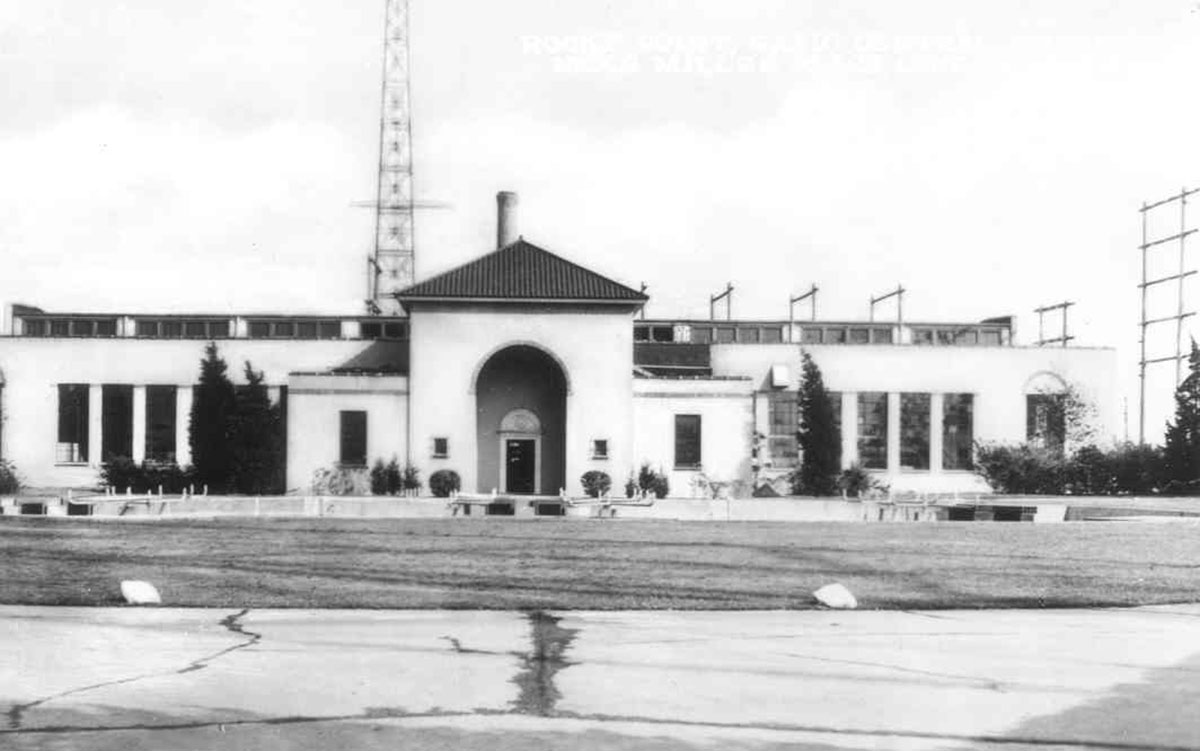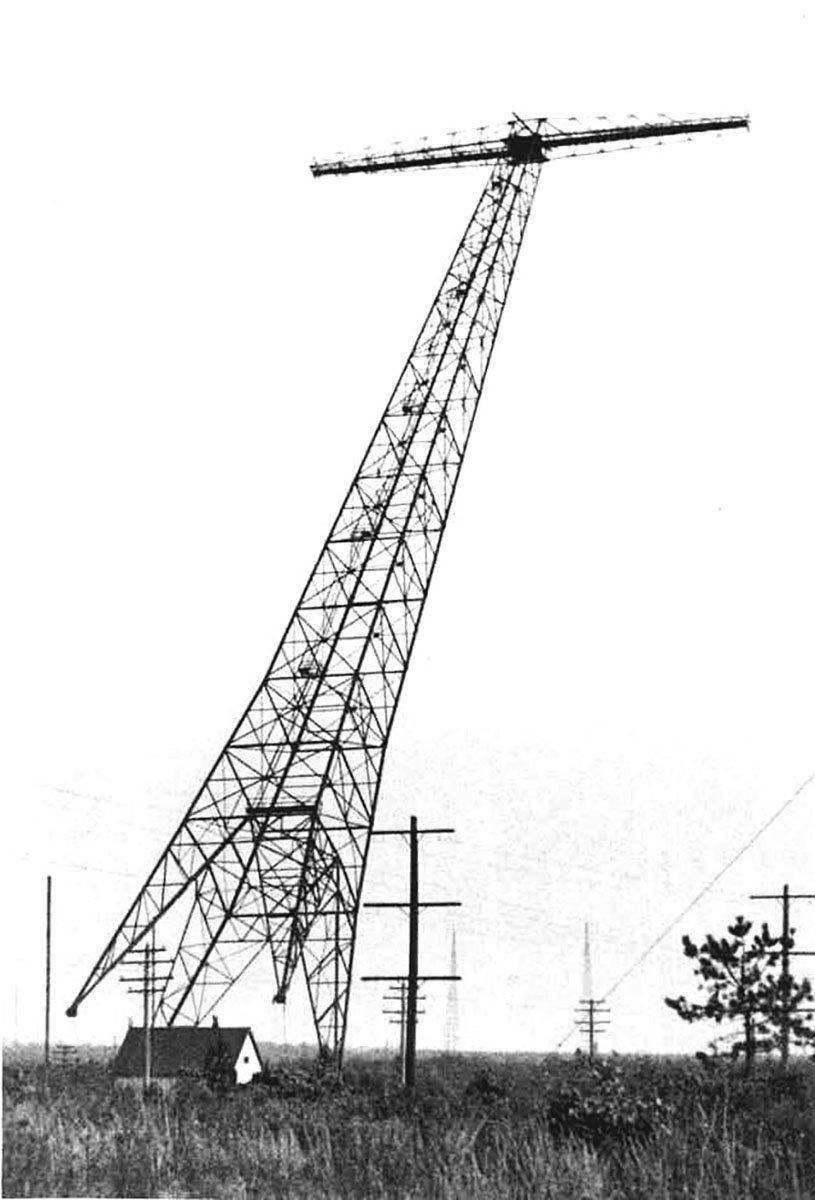Submitted by Brian Capouch

One of the coolest aspects of doing historical work is the chance to suddenly gain fresh insights about relationships. That magic is in full force this week as I present the story of Clarence Weston Hansell, a Medaryville farm boy who made it big. His sister, Zera Howe, was probably the most prolific historian who has ever worked in this part of the country. Ailsie (née Daughtee), wife of his brother Neil, was the young woman with the friendly smile whose picture was taken in 1917 at the switchboard of the Medaryville Telephone Company. His maternal grandfather John Engle was a notable Francesville businessman; I have an old picture postcard of him, standing on his porch. Finally, Hansell, like me, was involved in technology. Amongst his hundreds of inventions and innovations were technologies which changed the world.

Clarence Hansell was born on a farm outside of Medaryville on January 20, 1898. After attending a one-room school in White Post Township, he graduated from the first brick Medaryville High School (it is still standing) in 1915. He enrolled at Purdue, receiving a degree in electrical engineering in 1919. During his college days he interned at Ross Gear and Tool in Lafayette, and Commonwealth Edison in Chicago. He was a member of the Student Army Training Corps.
A prodigy, his first job was in Schenectady, New York, at the General Electric Co., working with

Alexanderson on a high-frequency alternator. The device is credited with making broadcast radio practical to develop. In 1920, at the urging of the U. S. Navy, GE and other major corporations spun up a new company, the Radio Corporation of America (RCA). Hansell left GE to work at the RCA radio laboratory in New Jersey which was founded by the inventor of radio, Guglielmo Marconi. In 1925 Hansell was the founder of the RCA Radio Transmission Laboratory at Rocky Point, Long Island, N.Y., where he was instrumental in the initial development of radio communications. He also worked on long-haul global communications and radar. The group was the first to commercialize television.
Hansell noticed that one of his colleagues at Rocky Point seemed to consistently be in a better mood when the room where they were working was filled with charged particles (ions) emitted into the air by vacuum tubes. That observation led him into a partnership with W. Wesley Hicks of San Francisco. They developed and commercialized ionized-air technology. One such device is the familiar “smoke zapper” which was once ubiquitous in bars, restaurants, and airports.

He was the first to patent technologies which are today foundational elements of our infrastructure. In December, 1926, Hansell sketched out in his notebook a method of communicating information using strands of fiberglass as the medium. RCA patented the technology in 1927. The invention engendered fiber optics communications, which carries most of the world’s voice and data traffic.
Patent No. 2,512,743, issued to Hansell in 1946, describes technology which underlies ink-jet printing. The method he developed wasn’t specifically limited to spraying ink onto paper, but was a generic process that could be used in a variety of ways to distribute a liquid onto a substrate, with a precise degree of accuracy.
He was a prolific inventor, receiving over 350 patents. After his retirement, he moved to Florida, where he died in 1967. A strange fact about Hansell is that he was one of two men from Indiana named Clarence Hansell. Both were born in 1898, and both died in 1967!!